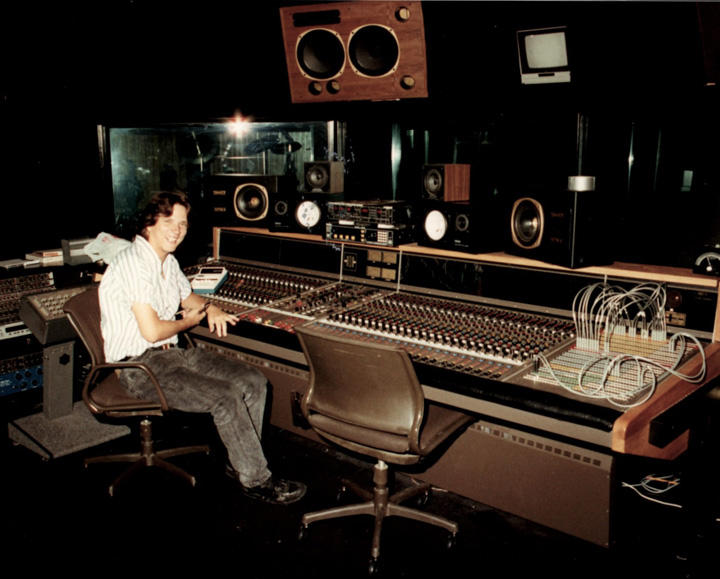
When we listen to music on our audio systems, the last thing on most people’s minds would be what decisions were made by the recording professionals involved, in the process of recording any given piece of music. This is only natural, as we want to enjoy the music to its fullest, and not be distracted by the intricacies of the recording sessions. And yet, when the listener is informed of some of the why’s and how’s of the studio methods, it can often result in much greater enjoyment of the music. We can now listen for, and experience more fully, certain aspects of a recording which we might not have without this knowledge.
This is why we indulge ourselves in the purchase of a “high end audio” system. Its quality of music reproduction allows us to hear the intent of the artist, producer and engineer, much more clearly and with more emotional impact, than when the same music is played on a “mass market” sound system.
In fact, the recording studio and high end audio systems share many qualities, and are really trying to accomplish many of the same goals. The studio and its users want to capture a musical performer’s talent, either vocally or instrumentally, along with their song writing, interpretational or compositional gifts, as well as their emotional and artistic values, that are on display when making a recording of the utmost quality and clarity. And by some crazy coincidence, that is what a high quality audio system is supposed to do too. Reproduce as faithfully as possible what was registered by the team in the recording studio.
Personally speaking, in my younger years before I entered the recording industry, I loved listening to music as much as I possibly could. It was one of my joys and passions. I could hardly wait to get home from school or a part time job, so that I could get back to listening to music that I loved, and wanted to know more about. My latest purchase of a new or used piece of audio gear for my system only heightened my excitement and enjoyment while listening. During this period, after poring over album liner notes and album descriptions, I became interested in the recording process and the people involved in this seemingly “perfect” occupation for the music lover! I endeavoured to learn as much as I could about the people and places that brought me the music I cared so much about. The studios, the producers, the engineers were all of interest, and then later on the equipment used to record my favourite albums became of great interest and prompted me…(with my parent’s help) to purchase a 4 channel TEAC tape deck and start recording myself and friends. There being no such thing as YouTube videos to watch and learn about the mysterious “art” of recording, I started to learn during my own recording “sessions” that there was so much to know and so much I didn’t know, that I started to look for a position…any position in a recording studio. A few long years later, I was lucky enough to land an assistant engineering position in one of Canada’s top recording studios. It became immediately apparent to me that there was infinitely more craftsmanship, technological prowess and dedication involved in “making a record” than I had ever imagined. Over the next 24 years or so, I would see these attributes displayed daily by the musicians and recording professionals I worked with on innumerable albums, film scores and indeed, radio jingles!
During my years in the studio, I learned that any and all types of equipment could help or hinder a recording, from the microphones, to the consoles and tape machines. It also became apparent that all aspects of the recording process were important to the final quality of the end product. The chain of equipment used in the studio was “instrumental” (!) in determining the eventual quality of the finished recording. The microphones used on a given instrument had to be chosen carefully to capture the most realistic sound of the instrument, and the placement of the microphone was critical in achieving this. The console, with its myriad of inputs and controls and patch points had to be kept in immaculate condition day after day, night after night to insure that the best sound would emerge from its seemingly endless circuitry. Tape machines had to be inspected, cleaned, and aligned for each recording session, involving sometimes up to 48 tracks of biasing, equalization and levelling for each track! The monitoring system had to be powerful enough, yet resolving enough to reproduce the smack of a rock drummer’s snare drum, as well as the delicate texture of a cello’s strings or the majesty of a grand piano’s infinite harmonic structure. And then there is the acoustic attributes of the studio room itself, and the design or lack thereof of the studio and control room spaces that the engineer and producer would need to account for in determining the eventual sound of the final recording and how it would be “heard” by the listener.
This leads to something I think of quite often…It is absolutely amazing to me, as a person knowledgeable in the recording process, how GOOD so many of the early recordings made at the dawn of recorded music can sound and how much of the artists musical essence was preserved . Early recordings were made, not in a studio designed for recording sound, but often in basements, offices, barns or warehouses. By necessity, many of these recording were made very simply, with a minimum of microphones, connected to a wire or wax cylinder recorder, and yet the sound captured by these primitive setups still manages to convey the talent and emotion coming from the artists’ heart and soul. Recordings of solo artists and big bands were often made in less than ideal circumstances in the 50s and 60s, yet many of these records revealed the talents of the artists with true sonic impact and fidelity.
Many decades of advances in recording technology and studio design brought changes to the recording process which many music lovers feel “dehumanized” the music and the recordings of the music. The advent of multi-track recording, overdubbing and remixing allowed artists and their bands to make a “perfect” recording, with no flaws apparent in the instrumental and vocal performances, but were these records a true representation of the artist’s real talent and abilities? Synthesizers, auto tuners, loops and digitized samples are all now so prevalent in today’s modern recordings that it has become almost impossible to tell if an artist has true musical ability, or if their “talent” is just a product of studio technology and aural “trickery.”
Modern day top level audio systems can be very revealing, with power conditioning, proper cable implementation, and knowledgeable component matching all contributing to a level of transparency that can bring the listener right into the studio with the musicians. The emotion and talent on display through top notch systems can truly allow a real insight into a favourite artists world.
It is no wonder then that music lovers are continuing to remain faithful to their older more natural and “musical” recordings or are now finding themselves revisiting old standards in their music libraries that have been neglected for far too long. An audition of some of these older recordings on today’s finer audio systems can bring true enjoyment back to anyone who has become fatigued by the “noise” found on the radio and streaming services in recent times.


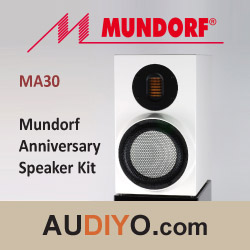


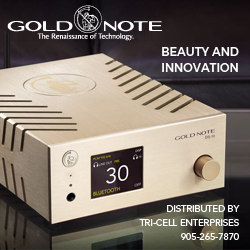
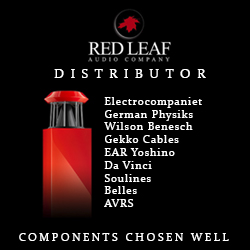
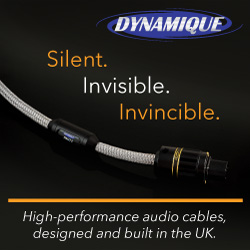



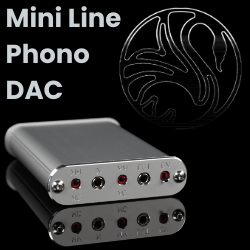
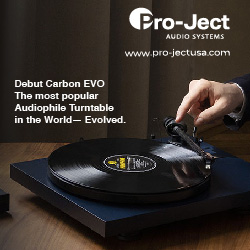
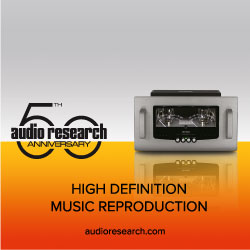
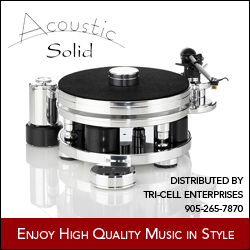
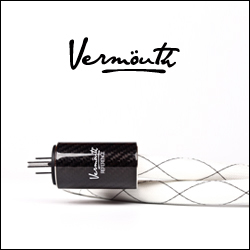
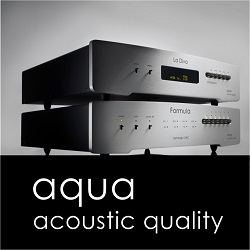


Thanks for sharing. I read many of your blog posts, cool, your blog is very good.
Thanks for your kind words.
detik288
It’s going to be finish of mine day, except
before end I am reading this wonderful article to improve my know-how.
Thanks for sharing. I read many of your blog posts, cool, your blog is very good.